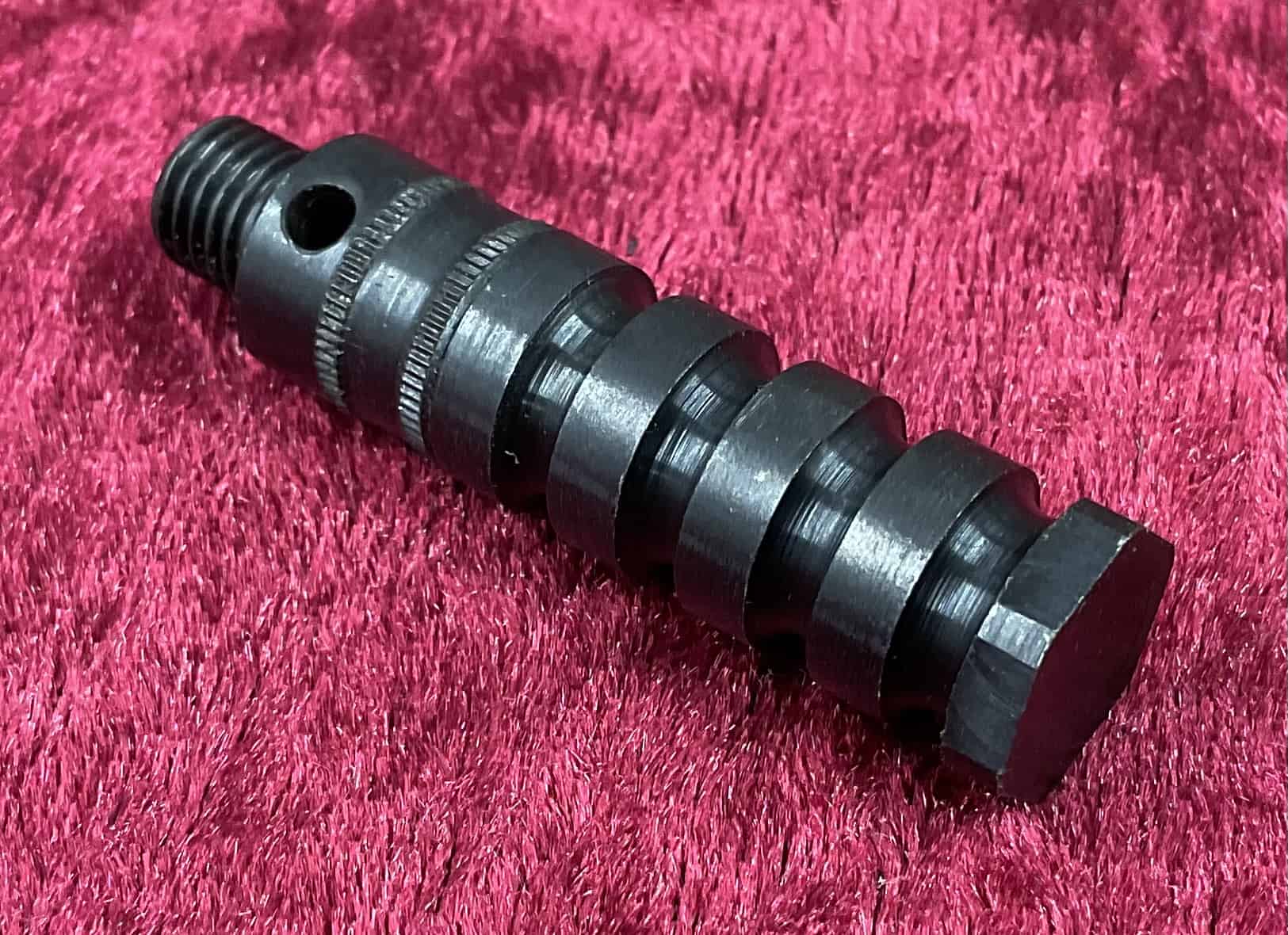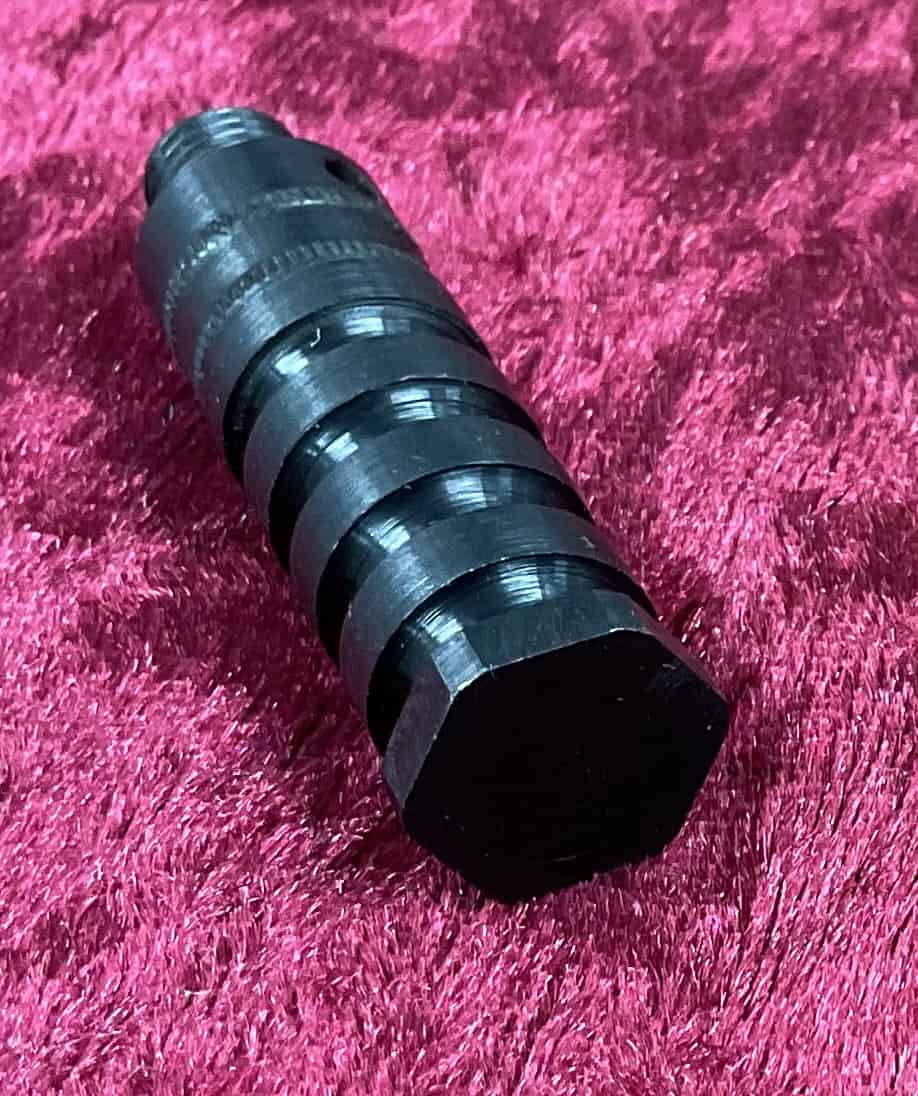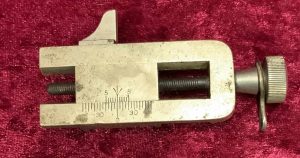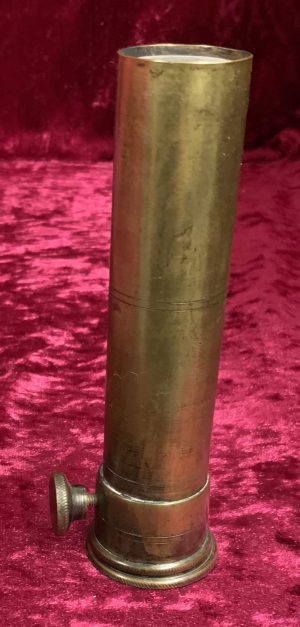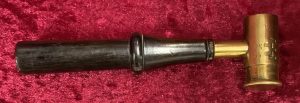Description
Whitworth Hexagonal Bore Scraper
Armaments
The Crimean war broke out in 1853 and despite being a pacifist Sir Joseph Whitworth turned his attention to the production of armaments. He believed firmly in the deterrent principle of defence. The Army Ordinance Board approached Sir Joseph Whitworth in 1854 and asked him to design and build machine tools for the mass production of their standard issue, Enfield Rifle. He carried out exhaustive test in his home grounds at the expense of the government and 20 patents relating to arms production were issued to Sir Joseph Whitworth between 1854 and 1878. Dissatisfied with the performance of the Enfield Rifle, he produced his own famous Whitworth Rifle, which used a smaller, more efficient hexagonal bore. The Times reported in 1857 on the official tests that “The Whitworth Rifle excelled the Enfield to a degree which hardly leaves room for comparison”.
Despite its apparent superiority, in 1859 the Whitworth Rifle was rejected by the Ordinance Board because of its small-bore size. His rifle was however used by the Rifle Brigade and large orders were received from the French Government. The Ordinance Board later accepted the Martini-Henry rifle, which had used Sir Joseph Whitworth’s basic principles, and they concluded, to his dissatisfaction, that the smaller bore size was in fact suitable for a military weapon. In 1862 Sir Joseph Whitworth developed a powerful cannon and a bitter dispute began with the Ordinance Board, when this was also rejected because it was not of the traditional design. The cannon was however supplied to France, New Zealand and other foreign governments.

